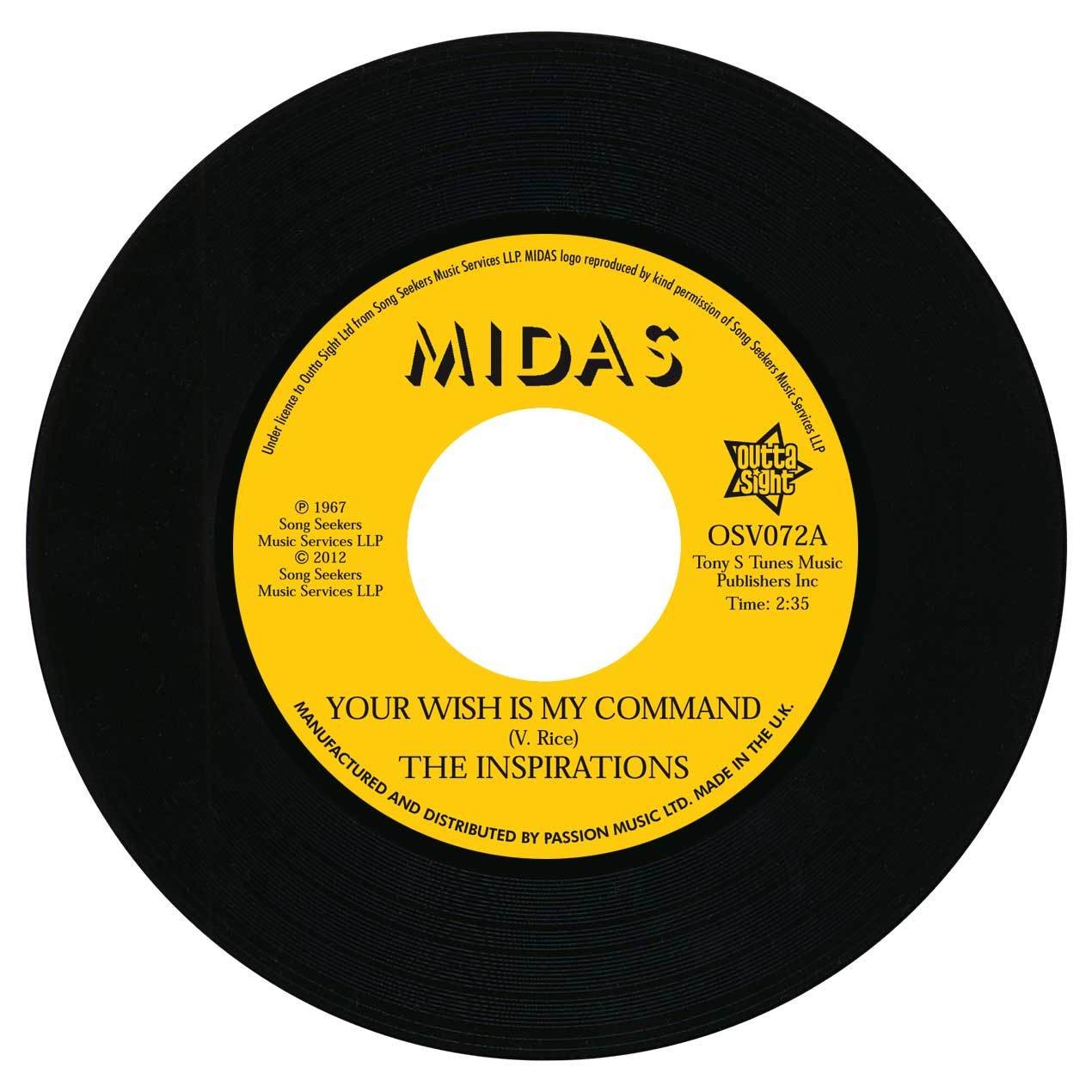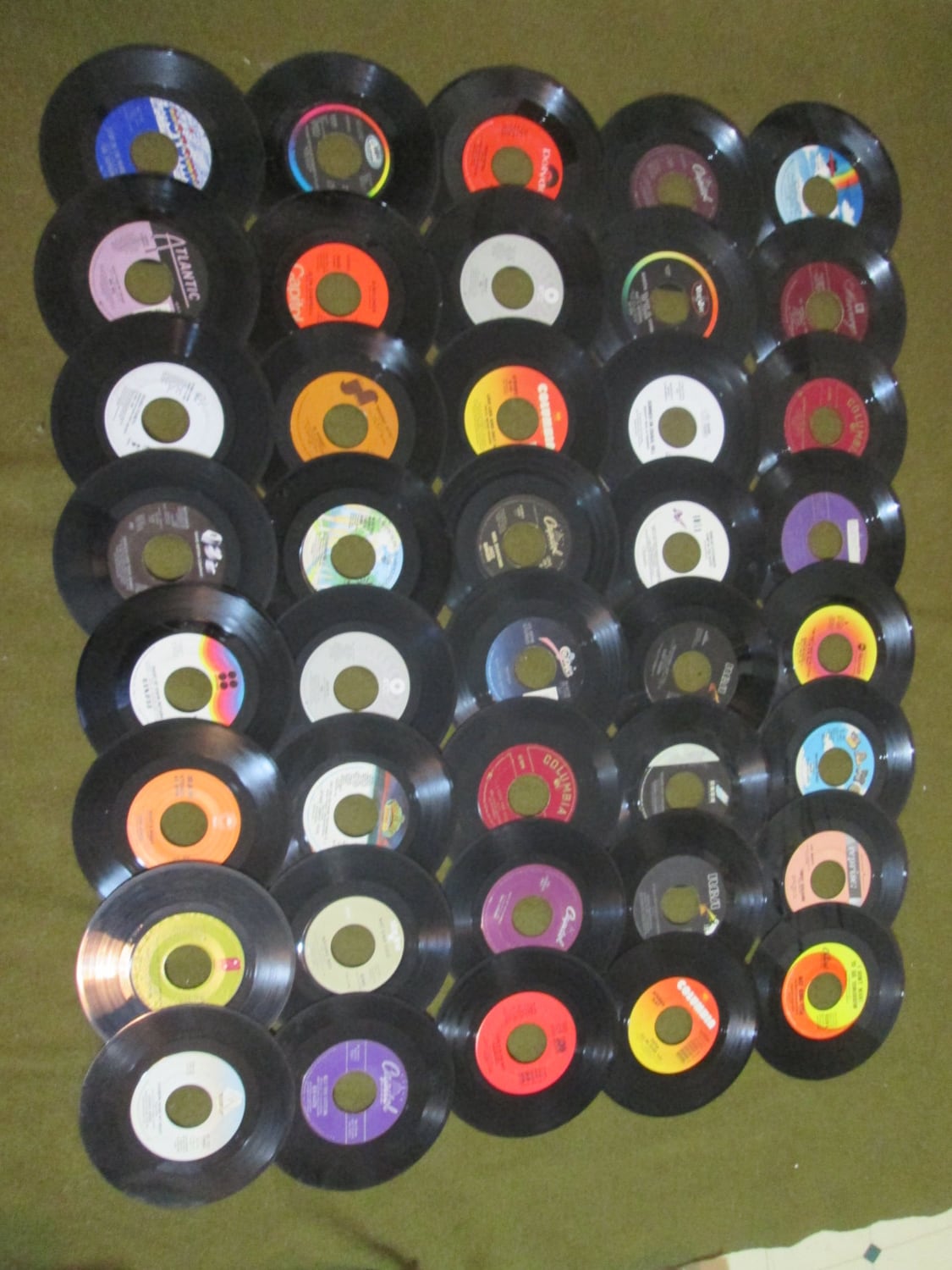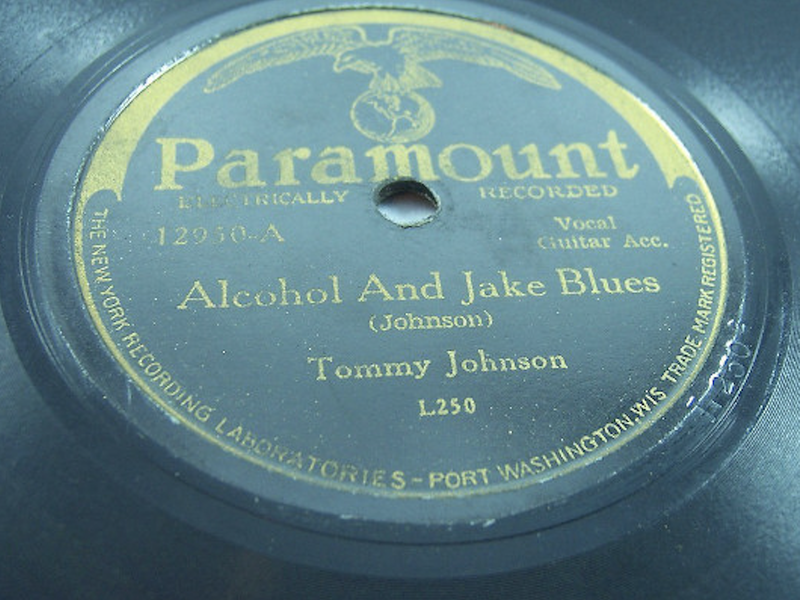45 major record labels of the 1950s
The Rise and Fall of Record Labels - Claremont Colleges 1950s when it became cost effective to do so. The 1950s saw Decca Records, RCA, and Columbia all become major players in the recorded music industry 9. Many more record labels entered the scene in the 1950s but eventually the record labels began to merge and consolidate to form a few corporate giants. The History of Hollywood's Major Movie Studios - LiveAbout Feb 08, 2019 · The studio’s success continued in the 1950s with a series of very successful musicals, including Carousel (1956), The King and I (1956), South Pacific (1958), and The Sound of Music (1965). Fox also pioneered “widescreen” cinema by developing the CinemaScope process first seen in 1953’s The Robe .
Chapter 5: The Reaction to Rock 'n' Roll Flashcards | Quizlet How did the major record companies contribute to the rise of independent record companies in the 1940s and 1950s? ... Which style of music did major record labels promote in an attempt to divert popular tastes away from rock 'n' roll in the 1950s? Calypso.

Major record labels of the 1950s
History of Record Labels and the Music Industry - Playlist Research History of Record Labels and the Music Industry. by Alex Cosper. Introduction 1900s 1910s 1920s 1930s 1940s 1950s 1960s 1970s 1980s 1990s 2000s. The beginning of the recording industry is often thought of as Thomas Edison's patent on phonograph technology in the late 19th century. While rudimentary sound capturing experiments began in the early ... The Independent Record Companies - History of Rock country music, working with artists such as Elvis Presley, Carl Perkins, Johnny Cash, Jerry Lee Lewis, Roy Orbison, and Charlie Rich. These independent labels usually aimed their releases at a small but loyal audience. They relied less on mass sales and were able to provide artists much more opportunity for experimentation and artistic freedom. The Major Record Companies - History of Rock The most important were New York's Atlantic Records, Chicago's Chess Records, Cincinnati's King Records, Los Angeles Specialty Records and Memphis' Sun Records. It wouldn't be until the mid-fifties that the Majors would discover the error of their ways. Founding, Subsidaries, Executives, Artists, etc ASCAP and BMI
Major record labels of the 1950s. Music Row Nashville Information Guide - Old Town Trolley Tours Owen Bradley, a staff pianist at WSM and RCA studio executive Chet Atkins were instrumental in developing the “Nashville Sound,” a smooth and sophisticated crossover style of country music, on Music Row in the mid-1950s, which has evolved into the fusion of country music and soft rock known as country pop. The 50s: A Decade of Music That Changed the World Apr 19, 1990 · The ghetto-storefront, nickle-and-dime record operation of 1949-53 suddenly emerged an industry giant in 1955-56, accounting for many and often most of the records at the top of the pop charts. Major Impacts of Widespread Structural Variation on Gene ... Jul 09, 2020 · A substantial increase in fruit weight was a major feature of tomato domestication (van der Knaap et al., 2014). The genes underlying five major fruit weight QTL have been identified, with the responsible mutations being either SVs or SNPs (Chakrabarti et al., 2013, Frary et al., 2000, Mu et al., 2017, Muños et al., 2011, Xu et al., 2015). The Independent Record Labels of the 1950's and 1960's Order custom essay The Independent Record Labels of the 1950's and 1960's with free plagiarism report GET ORIGINAL PAPER They found a signature sound in the electric guitar of Muddy Waters. Besides Muddy Watters, their rostser included Chuck Berry, Bo Diddley, Willie Nixon, Etta James, Little Walter, Billie Stewart, and Howlin' Wolf.
The Independent Record Labels of the 1950's and 1960's Independent label owners in connection with this local talent generate publicity and profit. One such example is found with the duo of Polish immigrant brothers named Leonard and Phil Chess, also known as the Blues Brothers. The Chess brothers bought sole ownership of Aristocrat Records in 1950, and change its name to Chess Records. Music Industry History 1950s - Playlist Research History of Record Labels and the Music Industry: 1950s by Alex Cosper Introduction 1900s 1910s 1920s 1930s 1940s 1950s 1960s 1970s 1980s 1990s 2000s see also American Radio History 1950s - In the early 1950s the big five major record labels were Columbia, RCA Victor, Decca, Capitol and Mercury. Capitol had risen to being the fourth biggest ... The Independent Record Labels of the 1950's and 1960's Eric Eller. Throughout the 1950's and 1960's, a wave of new musical movements by independent record labels and new artists emerged in the United States. This movement is captured in the stories of those label creators and owners, and in the turbulent journey through their successes and failures. The first emergence was fueled by multiple ... 50sPopMusic.com The major record labels started recording covers in the early 1950s to deal with the threat of 'cross-over' songs from the rhythm and blues and country artists. The major labels didn't want the specialized country, R&B, and black musicians to threaten the dominance the major studios enjoyed in the mainstream POP music market. ...
Atomic Cherry | Retro, Rockabilly, 1940s, 1950s Fashion in ... We are an Australian online store created in 2009 selling retro, rockabilly clothing, 1950s fashion, alternative fashion, retro and vintage-inspired shoes, accessories, and homewares. Free delivery over $89+ (AU/NZ) plus 10% off your fist order and buy now and pay later options available. What's in a Label: A Look at Atlantic Records - Discogs Blog The Look. Like most major record companies, Atlantic has used a vast assortment of logos, label colors, and designs during its decades-long history, beginning with a stylized capital "A" underlining the remaining letters with its crossbar, framed in black against red, yellow, and other background tones. An alternate, less aggressive logo ... Record label - Wikipedia Record companies (manufacturers, distributors, and labels) may also constitute a "record group" which is, in turn, controlled by a music group. The constituent companies in a music group or record group are sometimes marketed as being "divisions" of the group. From 1929 to 1998, there were six major record labels, known as the Big Six: The Independent Labels - University of Idaho Some of the most important labels were Atlantic, Chess, Elektra, Imperial, King, Specialty, and Sun Records, followed later in the 1950s by Stax and Motown. Atlantic Records was established in 1947 by Ahmet Ertegun and Herb Abramson and focused on recording black rhythm and blues artists.
The Independent Record Labels of the 1950's and 1960's The Independent Record Labels of the 1950's and 1960's History of Music Production Eric Eller Throughout the 1950's and 1960's, a wave of new musical movements by independent record labels and new artists emerged in the United States.
The 50 most collectable records of the 1950s - The Vinyl Factory Norgran was another of the pre-Verve labels founded by Norman Granz. The album artwork is by David Stone Martin, collectable in his own right. Otto Luening & Vladimir Ussachevsky Tape Recorder Music (Gene Bruck Enterprises LP, 1955) Listen / Buy
Category:Record labels established in 1950 - Wikipedia Pages in category "Record labels established in 1950" The following 22 pages are in this category, out of 22 total. This list may not reflect recent changes . A. Acorn Records; C. Capitol Records Nashville; Chess Records; Codiscos; D. Dot Records; E. Elektra Records; F. Federal Records; M. Music Minus One; N.
Music industry - Wikipedia Forming an independent record label, or "indie" label, or signing to such a label continues to be a popular choice for up-and-coming musicians, especially in genres like hardcore punk and extreme metal, even though indies cannot offer the same financial backing of major labels. Some bands prefer to sign with an indie label, because these labels ...
List of record labels: A-H - Wikipedia Amarillo Records. Amaru Entertainment. The Amazing Kornyfone Record Label. Ambiances Magnétiques. Ambitiouz Entertainment. Ambush Reality Records. American Gramaphone. American Modern Recordings. American Music Records.
History of R&R CH 2 Flashcards | Quizlet Which of the following was NOT a major record label in the 1950s? Sun. To which independent label was Little Richard signed? Specialty _____ was a regional radio show in Memphis hosted by Dewey Phillips. Red, Hot, and Blue. Explain how payola was beneficial to indie record labels as well as independent radio stations.
The Major Record Companies - History of Rock The most important were New York's Atlantic Records, Chicago's Chess Records, Cincinnati's King Records, Los Angeles Specialty Records and Memphis' Sun Records. It wouldn't be until the mid-fifties that the Majors would discover the error of their ways. Founding, Subsidaries, Executives, Artists, etc ASCAP and BMI
The Independent Record Companies - History of Rock country music, working with artists such as Elvis Presley, Carl Perkins, Johnny Cash, Jerry Lee Lewis, Roy Orbison, and Charlie Rich. These independent labels usually aimed their releases at a small but loyal audience. They relied less on mass sales and were able to provide artists much more opportunity for experimentation and artistic freedom.
History of Record Labels and the Music Industry - Playlist Research History of Record Labels and the Music Industry. by Alex Cosper. Introduction 1900s 1910s 1920s 1930s 1940s 1950s 1960s 1970s 1980s 1990s 2000s. The beginning of the recording industry is often thought of as Thomas Edison's patent on phonograph technology in the late 19th century. While rudimentary sound capturing experiments began in the early ...






:format(jpeg):mode_rgb():quality(90)/discogs-images/L-71245-1496159838-2768.png.jpg)




Post a Comment for "45 major record labels of the 1950s"